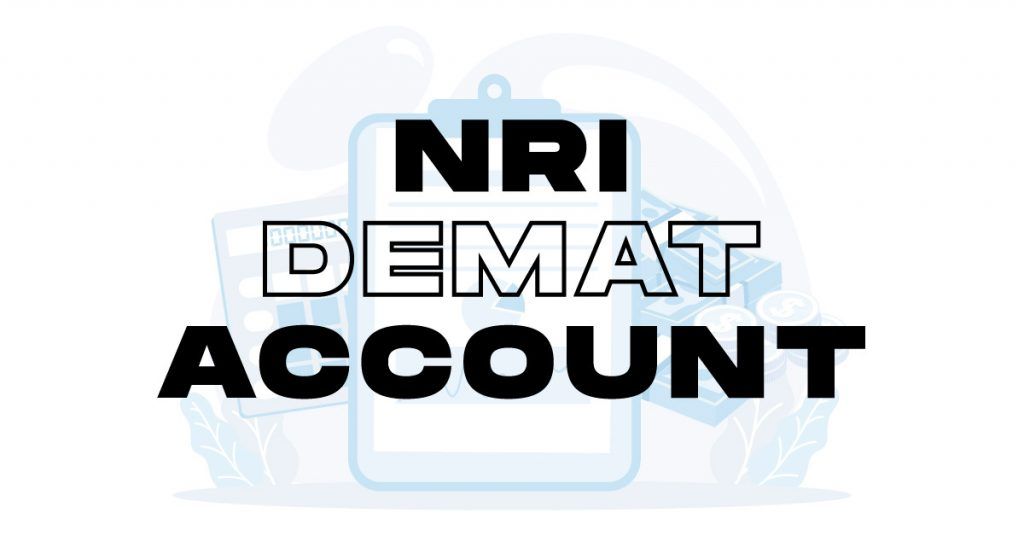IPO investment - Tips and Strategies
Written by Upstox Desk
Published on September 26, 2025 | 7 min read

Investing in an IPO can often be a make or break deal for a retail investor. In an investment where even seasoned investors can slip up, here’s how you can reduce risks and increase your chances of reaping big returns.
Key Points
- Before deciding to invest in an IPO, try to learn as much as you can about the company - its past performance, financial records, how it fares when compared to its competitors, press releases, etc.
- Evaluate the price at which shares are offered. To do this, compare with the share price of a listed company in the same line of business.
- Don’t invest in an IPO without thinking about how you’ll cut your losses i.e. at which point you’ll sell off your shares, in case the IPO doesn’t do all that well.
Introduction to IPOs
For the uninitiated - an IPO or an Initial Public Offering is an offer of new shares of a private company to the public for the first time. The offered shares are bid upon and the successful bidders are allotted shares. After the IPO comes to a close, the shares bought during an IPO can then be traded on the stock exchange where the company is listed.
IPO subscription procedure
- Make sure the IPO is open to retail investors.
- IPOs can be accessed through banks and brokerages that have undertaken to conduct the IPO proceedings on behalf of the company.
- You can bid for shares from an IPO either online or offline
- For offline bids, you've to fill in the specific application form available with banks and brokerages, given that they open up an IPO to their clients.
- Attach a cheque for the amount of shares you're bidding for. You need to have a demat account to bid for shares.
- Nowadays, offline bidding is becoming obsolete with the advent of online bidding.
- You can bid online through the bank/brokerage’s website. Payment for the bid can be made through net banking options.
- After the bid is done, shares will be allotted to you in full, or divided up among bidders in case of oversubscription.
- The shares are credited to your demat account and a refund is made for the unsuccessful bids.
The following is a list of things to look out for, before investing in an IPO.
What you should do
Research
Before deciding to invest in an IPO, try to learn as much as you can about the company - its past performance, financial records, how it fares when compared to its competitors, press releases etc. This will help you detect red flags which indicate the company's prospects are not so good, thus reducing the chances of you making a bad investment.
Look at the underwriters
Before investing in an IPO, look at the banks/brokerages that act as underwriters, that is, conduct the IPO proceedings. In general, large and reputed banks and brokerages exercise discretion in the IPOs they accept based on an evaluation of the financial heft and long term prospects of the companies. But it's not to say that they would never bring in a poor IPO.
On the other hand, small brokerages and investment banks often can't afford the luxury of being picky and thus, may bring more poorly performing companies to the market. Thus, it’s prudent to be wary of IPOs offered through small time banks/brokerages unless you’re convinced about a company’s prospects.
Be cautious
Always be cautious when the underwriters promote an IPO with claims of glowing prospects. If your broker particularly insists on an IPO for you, chances are they might be selling you a raw deal. Often, shares of coveted IPOs are rare in supply as they are much in demand and are often preferentially given to valuable clients of the underwriters. So, stay cautious when an IPO is strongly pitched to you.
Go through the prospectus
The prospectus has detailed information on the company's past financial records - revenue, profits/losses, debts etc. Go through the prospectus carefully to get an idea of the company's present status and future prospects. Also, the prospectus puts forth how money raised from the IPO will be spent. If the company proposes to expand with the money raised, it's a good sign. If it's just going to pay off debts/liabilities/acquire shares from private investors--not so good.
Consider the issue price
Evaluate the price at which shares are offered. To do this, compare with the share price of a listed company in the same line of business and of a similar scale. Other surrogates such as price to earnings ratio can be used too, to assess if the share is worth its price.
Now that we've gone through what one should do, here's a list of what not to do.
What you should not do
Don’t fall for the hype
It can't be emphasised enough that you make decisions based on your assessment of the company's prospects and not based on hype. Don't invest in something just because people tell you it'll do great or because it is popular.
Don’t fall for the brand
A reputed brand doesn't guarantee a good IPO. Don't invest in an IPO because you think the prospects of the brand are great. Look at the records of the specific company that is offering shares. The brand may be good but the company offering shares might be failing.
Fun fact A good example of a popular brand with a not-so-good IPO would be Cafe Coffee Day. It launched amidst considerable hype in 2015, but it turned out the IPO was launched primarily to clear the company’s debt, and not to fuel further growth. The IPO was only subscribed 14%.
Don’t invest without a stop loss plan
You need to have a stop loss plan, that is, a plan for cutting your losses in an investment if it goes downhill. Don’t invest in an IPO without thinking about how you’ll cut your losses, at which point you’ll sell off your shares, in case the IPO doesn’t do all that well.
Finally, it’s always wise to make multiple bids in the name of other family members in case you’re convinced about the prospects of an IPO and it’s probable that shares may be oversubscribed. This increases the chances of you getting a greater amount of shares. Also, in case of IPOs conducted under the book building method where you’ve to bid within a price range/band, choose the cut-off option if you are convinced that the offer might be over subscribed. This ensures that you get shares at the cut-off price fixed by the company later on (after it gauges demand for the IPO), in case shares get over subscribed.
Wrapping up
- An IPO is an initial offer of shares to the public made by a company to raise capital.
- You can bid for shares from an IPO online through the participating banks/brokerages or offline. Go through company records and the prospectus before choosing to invest.
- Don’t fall for the hype or brand.
- Don’t invest without a stop loss plan.
- Make multiple bids to raise chances of getting more of an oversubscribed IPO.
- Bid at the cut off price if you think an IPO may be significantly oversubscribed.
About Author
Upstox Desk
Upstox Desk
Team of expert writers dedicated to providing insightful and comprehensive coverage on stock markets, economic trends, commodities, business developments, and personal finance. With a passion for delivering valuable information, the team strives to keep readers informed about the latest trends and developments in the financial world.
Read more from UpstoxUpstox is a leading Indian financial services company that offers online trading and investment services in stocks, commodities, currencies, mutual funds, and more. Founded in 2009 and headquartered in Mumbai, Upstox is backed by prominent investors including Ratan Tata, Tiger Global, and Kalaari Capital. It operates under RKSV Securities and is registered with SEBI, NSE, BSE, and other regulatory bodies, ensuring secure and compliant trading experiences.

























